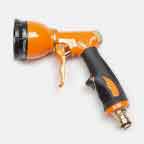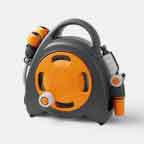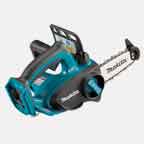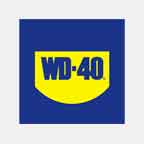General Advice
-
Anvil versus Bypass Secateurs
-
How to Properly Use Secateurs for Pruning?
-
How to Select the Right Gardening Gloves
-
Know the Benefits of Using a Pole Saw for Tree Pruning and Maintenance
-
Pruning Hedges
-
Secateurs - types and uses
-
Ten Practical Pruning Tool Tips
-
Time to Prune
-
Top 5 Maintenance Tips to Keep Your Long Pole Saw in Peak Condition
-
What Are Secateurs and Why Are They Indispensable for Your Garden?
-
What Key Features Should You Look for in an Extendable Tree Pruner?
-
What to look for in garden tools
-
Why Every Gardener Should Invest in Long-Handled Secateurs?
CutAbove Tools
Secateurs - types and uses
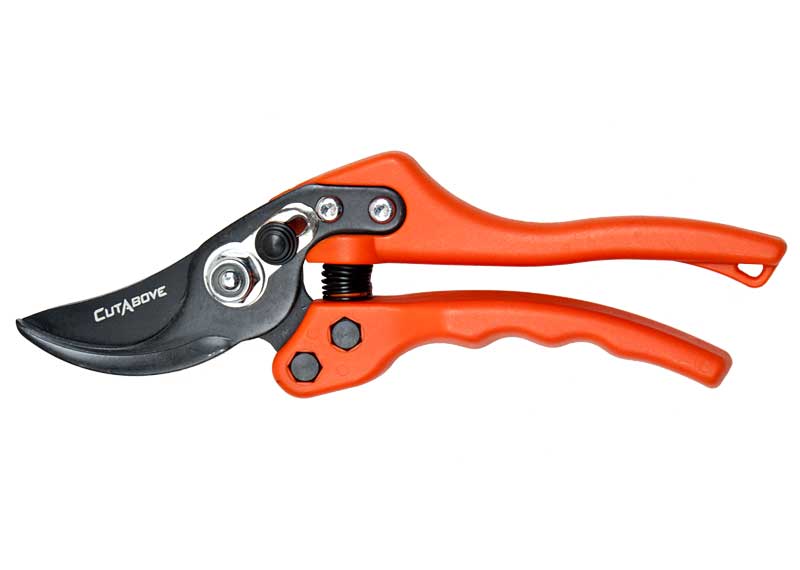
Secateurs, secateurs, secateurs.
What is your most important garden tool? Secateurs, secateurs, secateurs!
There are three main types of secateurs - Anvil, Bypass and Snips.
Anvil secateurs have an upper blade that is typically sharp both sides and cuts down onto a flat or curved lower 'anvil'. This anvil can be all metal or contain a hard plastic insert. The action is much like a guillotine or a knife on a chopping board. With the blade sharp on both sides, pruning harder stems is easier. For tougher or woodier stems, a pair of anvil secateurs is recommended. Anvil secateurs are good for both right and left handers. The top handle is flat and the safety latch is in a central position.
Most ratchet secateurs are of the anvil design. Many experienced (mature) gardeners find the ratchet anvil secateurs very useful. They are great for getting through thicker and harder stems although it may take a little longer. Ratchet secateurs are extremely popular with gardeners with tendonitis, arthritis and/or those with declining strength. It will take less effort (approximately 30%) to operate ratchet secateurs.
Bypass secateurs have a curved shaped blade, sharp only on the outer edge and cuts down beside the anvil (non-sharp hook). The anvil or hook on bypass secateurs is typically thinner than anvil secateurs.Bypass secateurs are the most common type of secateurs. They are used for pruning live stems and where you need to make sharp, precise cuts. They are more suitable for cutting softer living stems as the blade cuts all the way through the stem. Bypass secateurs can cut smaller stems closer to a larger stem. Due to this functionality nursery people will typically use bypass secateurs.
Most bypass secateurs are designed for right handers with a tapered handle, with the outside edge of the blade on the right side and safety latch controlled by the right thumb. Harder or dead stems may cause the stem to bend rather than be cut and get caught between the blade and the hook. This can cause the two sections to separate resulting in damage to your secateurs. This will typically happen to cheaper brands or when the blade is blunt.
For left handers the tapered handle, blade and latch are all on the opposite side.
Snips have a scissor-like action. Like scissors the blades are longer and pointier. However, they are better than scissors because they have a spring. Snips are ideal for dead heading, picking flowers and herbs, thinning growth in foliage and propagation. Snips are typically used by florists, nurseries and for finer work such as bonsai.
In summary - a good quality pair of secateurs with a sharp blade is recommended. It is our recommendation to purchase what you can afford and be mindful that you “get what you pay for”. $30 to $60 should get you a good quality pair. To select the correct pair of secateurs for you, we recommend checking the cutting action, the size of the secateurs compared to your hand size, the weight of the tool compared to your strength and finally the availability of spare parts.







